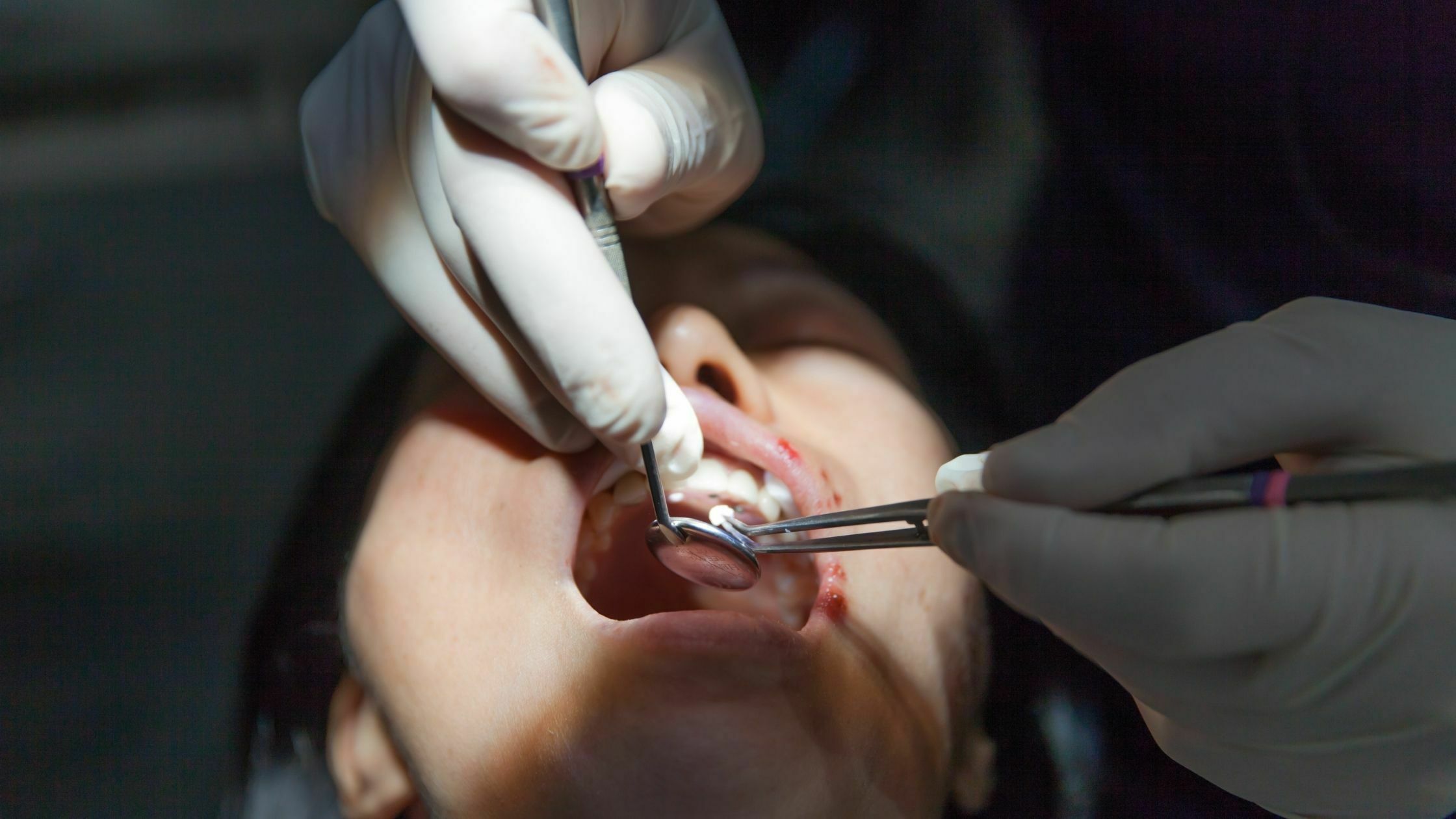In an era where life seems to accelerate with each passing day, taking the time to prioritize mental health and wellness has never been more crucial. This necessity transcends mere self-care weekends; it’s about integrating practices that promote psychological resilience and well-being into our daily lives. Acknowledging the significance of mental health improves individual quality of life and has positive ripple effects on communities and workplaces. Johanna Altman advocates that prioritizing mental health and wellness is crucial.

Improved Quality of Life
Focusing on mental health cultivates a sense of inner peace and satisfaction, laying the foundation for an improved overall quality of life. When individuals invest time in their mental well-being, they often experience heightened emotional balance and clarity, positively impacting their relationships, careers, and decision-making processes. It enables a person to draw upon a sense of contentment and purpose, reducing feelings of stress and anxiety that can overshadow life’s enjoyment.
A robust mental state can enhance one’s ability to cope with adversity, allowing for better stress management and quicker recovery from inevitable setbacks. It bolsters resilience, as a strong mental attitude is crucial for facing challenges with a problem-solving mindset rather than being overwhelmed. This mental fortitude benefits the individual by fostering a deeper appreciation for life’s positive aspects. It contributes to a more harmonious society as individuals become better equipped to support others in their communities.
Enhanced Relationships
Enhancing one’s mental health directly and profoundly impacts relationships with others. A person who prioritizes their mental well-being tends to exude positivity and empathy, which are transferable traits that foster meaningful connections. Individuals in a good mental space can actively listen, exercise patience, and express genuine concern for the people around them – be it family, friends, or colleagues. These strengthened communication skills result in more fulfilling and supportive interactions, further solidifying the bonds within personal and professional relationships.
Moreover, a sound mental state equips individuals to manage interpersonal conflicts constructively. Rather than succumbing to emotional impulses, they can approach disagreements with a clear and calm mindset, seeking resolution and understanding. This ability to navigate the complexities of human interactions deepens existing relationships and attracts new connections, as people are naturally drawn to those who project confidence, warmth, and stability. Thus, the cycle of mental well-being and positive relationships reinforces itself, creating an ever-widening circle of social support that further enhances mental health.
Increased Productivity and Performance
Prioritizing mental health and wellness also has tangible benefits in terms of productivity and performance. Research has shown that individuals prioritizing their mental well-being are more focused, motivated, and efficient in their work. A healthy mental state allows for better concentration, decision-making, and creative thinking.
Moreover, investing in one’s mental health can also prevent burnout and reduce absenteeism. By maintaining a healthy work-life balance and taking the necessary breaks to recharge, individuals can avoid the negative effects of chronic stress and exhaustion, resulting in higher productivity and job satisfaction. This is beneficial for individuals and organizations as they experience increased efficiency and reduced turnover rates among their employees.
Better Physical Health
One of the lesser-known benefits of prioritizing mental health and wellness is its impact on physical health. Numerous studies have shown that a strong mind-body connection exists, meaning one’s mental state can significantly influence one’s physical well-being. Chronic stress, anxiety, and depression are linked to an increased risk of various health conditions such as heart disease, gastrointestinal issues, and weakened immune systems.
Individuals can reduce their risk of developing these health issues by prioritizing mental health and implementing wellness practices such as meditation, exercise, and healthy eating habits. Additionally, a healthy mind can aid in the recovery process for physical ailments, as it promotes a positive mindset and resilience in the face of illness or injury.
Resilience During Adversity
Finally, prioritizing mental health and wellness equips individuals with the ability to bounce back from adversity. Life is full of unexpected challenges and setbacks, but a strong mental state can provide individuals with the tools to overcome these obstacles.
When faced with adversity, those who prioritize their mental health are better able to tap into their inner strength and resilience. They have a more optimistic outlook, allowing them to see the silver lining and find opportunities for growth and learning amidst difficult situations. This mental toughness also allows individuals to seek and receive support from their social networks, further aiding their ability to cope with adversity.
Conclusion
Prioritizing mental health and wellness is not a luxury but a necessity, with wide-ranging benefits that touch every aspect of life. The advantages are profound and pervasive, from enhancing daily happiness to strengthening relationships, boosting workplace productivity, improving physical health, and cultivating resilience. It’s time every individual takes actionable steps toward mental health and wellness, forging paths toward a more fulfilling, balanced, and resilient life.









